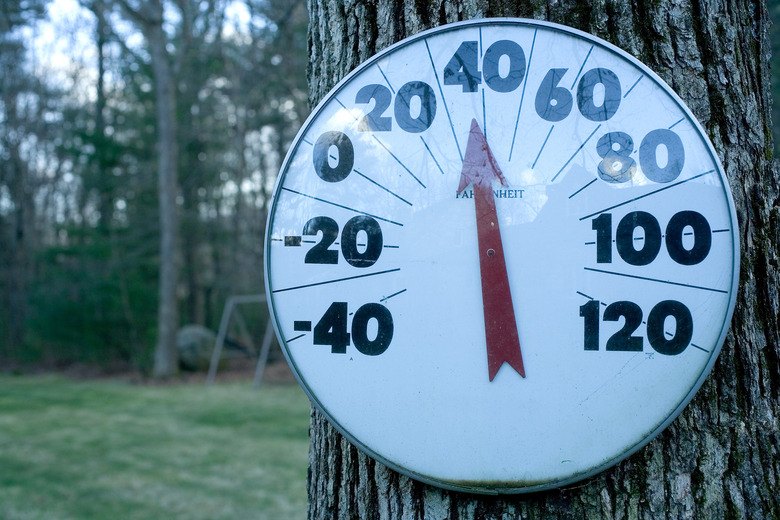Cold Temperatures And Garage Fluorescent Lighting
Fluorescent lighting is inexpensive to install and operate, making it the ideal choice for many situations. Sometimes, though, standard fluorescent lights may not be the best choice. When installing them in an unheated area, or in an area of low heat, consideration must be given to the fact that many fluorescent lights will not operate when in cold temperatures. If lights are needed that can operate in colder temperatures, fluorescent lights are available that are still quite economical and are designed to work in garages and other chilly areas.
Ballast
Ballast
The ballast in a fluorescent lighting system is the part of the light fixture that controls the starting of the lights and the operation and control of the lights once they are on. Two types of fluorescent light ballasts are commonly in use. The first type is the magnetic ballast found in many 4- and 8-foot shop light systems, which is often used with T12 fluorescent lights. The other type of ballast is the electronic ballast used in systems of the same size. Electronic ballasts cost a bit more than magnetic ballasts to purchase, but, when used with the more efficient T8 lights, they are cheaper to use in the long run.
Temperature Range
Temperature Range
Many fluorescent lights can't operate if the air temperature is below 50 degrees Fahrenheit, which is not always due to the lights themselves but instead often has to do with the type of ballast used in the light fixture. Magnetic ballasts don't work in cold temperatures. Electronic ballasts, however, can operate when the air is quite cold and are often rated to work at 0 degrees Fahrenheit. Some will even work below 0 degrees.
Ballast Identification
Ballast Identification
All fluorescent light fixtures are labeled with specifications that include the tube size, the operating voltage and the operating temperature. The fixture will also specify if the ballast is magnetic or electronic. A ballast that is appropriate for use in a cold garage will state that it will operate in weather that is colder than 50 degrees F. If the fixture label doesn't read that the ballast is suitable for cold temperatures, it most likely is not and should be avoided for use in a cold garage.
Light Selection
Light Selection
Two of the most common sizes of fluorescent lighting tubes available for home use are T8 and T12. The "T" indicates that the light is a tube; the number represents the diameter of the tube in eighths of an inch. So a T8 bulb is a tube that is 8/8 inch in diameter, or 1 inch, and a T12 bulb is a tube that is 12/8 inches in diameter, or 1 ½ inches. T8 tubes give the same amount of light but use less energy than T12 tubes. Energy-efficient T12 fluorescent lights are available, but these should be avoided for use in cold areas since they won't start in temperatures below 60 degrees F. T8 bulbs will start even in very cold temperatures and are well-suited for use in a garage.
